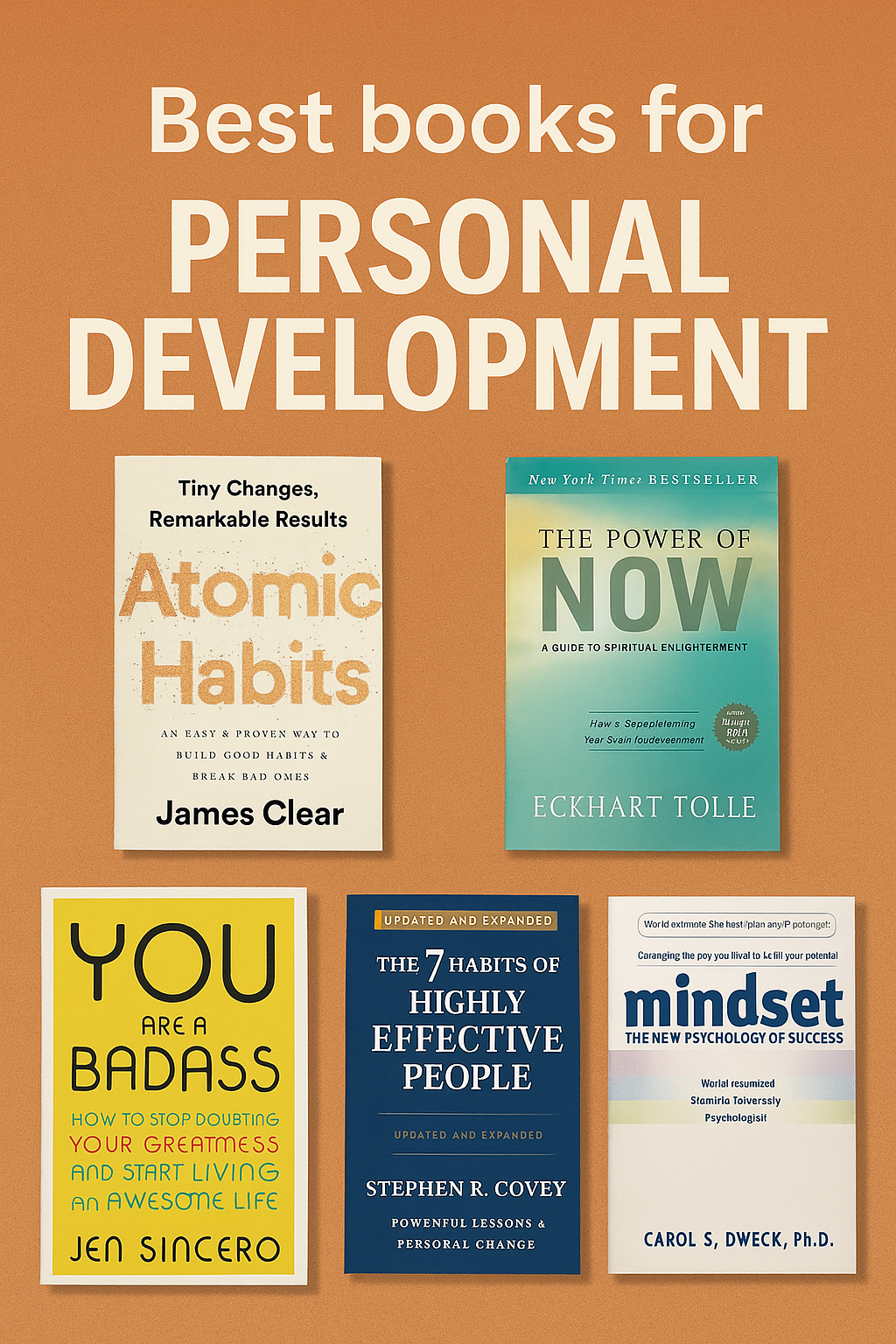The Gig Economy’s Evolution
From freelance to full-time. The rise of remote work has democratized employment. No longer are your career opportunities confined by geography or conventional 9-to-5 rules. According to Upwork, over 36% of the U.S. workforce freelanced in 2023, and the trend is growing globally. While freelancing offers flexibility and independence, many remote workers are now aiming for something more stable: long-term, full-time remote careers.
But how do you transition from freelance hustle to full-time remote success? This post is your strategic guide—to turning short-term gigs into sustainable, fulfilling remote employment.
1. Understand the Differences Between Freelance and Full-Time Remote Work
Before you transition, you must understand what separates freelance gigs from full-time remote roles:
| Aspect | Freelance Work | Full-Time Remote Work |
|---|---|---|
| Contractual | Short-term or project-based | Ongoing, salaried employment |
| Benefits | None or limited | Health insurance, PTO, retirement plans |
| Stability | Variable income | Consistent salary |
| Autonomy | High autonomy | Still flexible, but within company norms |
Why this matters: Many freelancers underestimate the expectations of full-time roles—like collaboration, fixed working hours, and long-term deliverables.
Read our post on Work from Anywhere Like a Pro
2. Audit and Align Your Skills to Employer Expectations
Companies hiring remote full-timers want more than project execution. They want strategic thinkers, excellent communicators, and long-term contributors.
Conduct a Self Audit:
- Soft Skills: Communication, time management, proactive collaboration
- Hard Skills: Mastery in your core field—whether it’s coding, design, writing, or customer service
- Tech Stack Familiarity: Tools like Slack, Asana, Notion, Zoom, HubSpot, GitHub
Pro Tip: Use job boards like We Work Remotely or Remote OK to spot recurring skill requirements.
Check out our Remote Work Tools Round-Up
3. Build a Full-Time Worthy Portfolio
If you want to be seen as more than a gig worker, your portfolio must reflect it. Think of it as your digital resume + proof of long-term value.
Portfolio Essentials:
- Case Studies: Describe the problem, solution, results, and your role.
- Testimonials: Gather social proof from past clients.
- Brand Consistency: Your personal brand (tone, values, niche) should shine.
“A good portfolio doesn’t just show what you’ve done—it shows how you think,” says Kaleigh Moore, a top remote copywriter and Forbes contributor.

4. Leverage Freelance Clients to Land Full-Time Roles
Sometimes your next employer is already your client. If you’ve delivered consistently, consider pitching a more permanent role.
How to Pitch:
- Highlight ROI: “Here’s how I boosted XYZ by 45% in 3 months.”
- Emphasize Continuity: “Let’s build on our momentum.”
- Offer a Transition Plan: Blend part-time to full-time over 1-2 months
Example: A freelance UX designer landed a full-time gig with a startup by showing how his redesign increased conversions by 30%.
Learn to Negotiate Remote Job Offers Like a Pro
5. Build Your LinkedIn and Personal Brand
Hiring managers Google you before emailing you. A robust online presence positions you as a credible, remote-ready professional.
Optimize Your LinkedIn:
- Banner image: Branded to your niche
- Headline: Reflect full-time intent, not just freelance roles
- About: Focus on results, not responsibilities
Also consider platforms like Contra and Polywork to expand your professional reach.
Read How to Create a Remote-Optimized Resume That Lands Interviews
6. Find Companies That Favor Remote Culture
Not all companies are equally remote-friendly. Some just say “remote” but lack the culture to support it.
Use These Filters:
- Remote-first vs. Remote-allowed: Remote-first companies often have better communication practices.
- Time Zone Overlap: Does the role require your availability to sync with team time zones?
- Tech and Processes: Do they use async tools or expect you online 9-5?
Best Sites to Find Remote-First Companies:
7. Nail the Remote Hiring Process
Remote hiring often includes multiple steps:
- Application: Tailored cover letter + custom resume
- Video Interviews: Multiple rounds with HR, team leads, and execs
- Test Projects: Paid or unpaid assignments
- Cultural Fit Assessments
Pro Tip: Be ready to answer, “How do you manage your time remotely?” or “How do you collaborate asynchronously?”

8. Stay Adaptable and Keep Learning
A full-time remote career demands growth. Technologies change. Industries evolve. Employers value candidates who invest in upskilling.
Where to Upskill:
- Coursera
- LinkedIn Learning
- AltMBA (for advanced leadership)
Bonus: Add these certifications to your LinkedIn and resume for a competitive edge.
9. Be Patient, Persistent, and Professional
This transition won’t happen overnight. You may face rejection, ghosting, or slow replies. But consistency pays off.
- Apply to 10–15 roles per week
- Follow up on applications after 7 days
- Build real relationships with recruiters and founders
Treat this like you’re building a career, not just hunting for a job.
10. Bonus: Create Multiple Income Streams While You Transition
Don’t drop freelancing cold turkey. Instead, diversify your income as you move into full-time roles.
- Part-time contracts
- Affiliate revenue from blogs
- Teaching via Teachable or Skillshare
This approach not only provides financial stability but also keeps your options open.
From Gig Worker to Remote Career Pro
Transitioning from freelance to full-time remote work is not just about applying to jobs. It’s about positioning yourself as a valuable, long-term asset to the right company.
If you treat your freelance experience as a launchpad rather than a stopgap, you’ll build a career that offers both freedom and fulfillment.
Ready to make the leap? Start today by polishing your portfolio, aligning with remote-first companies, and leveling up your skills.
Liked this post? Share it with a fellow freelancer looking to go full-time. And don’t forget to sign up for our Remote Career Digest — a weekly newsletter for ambitious digital workers.



